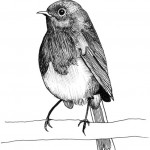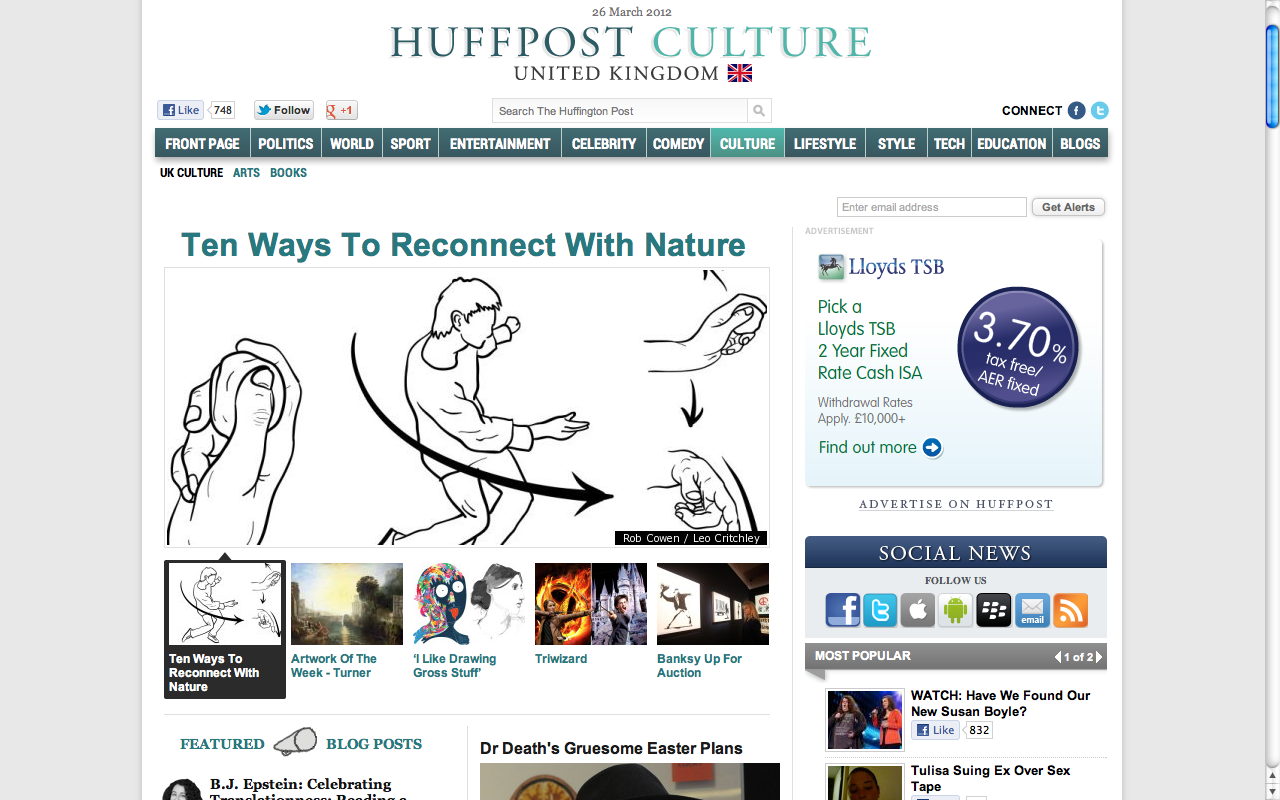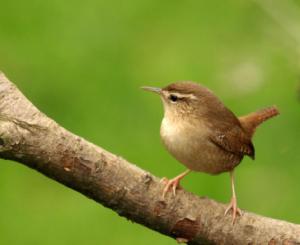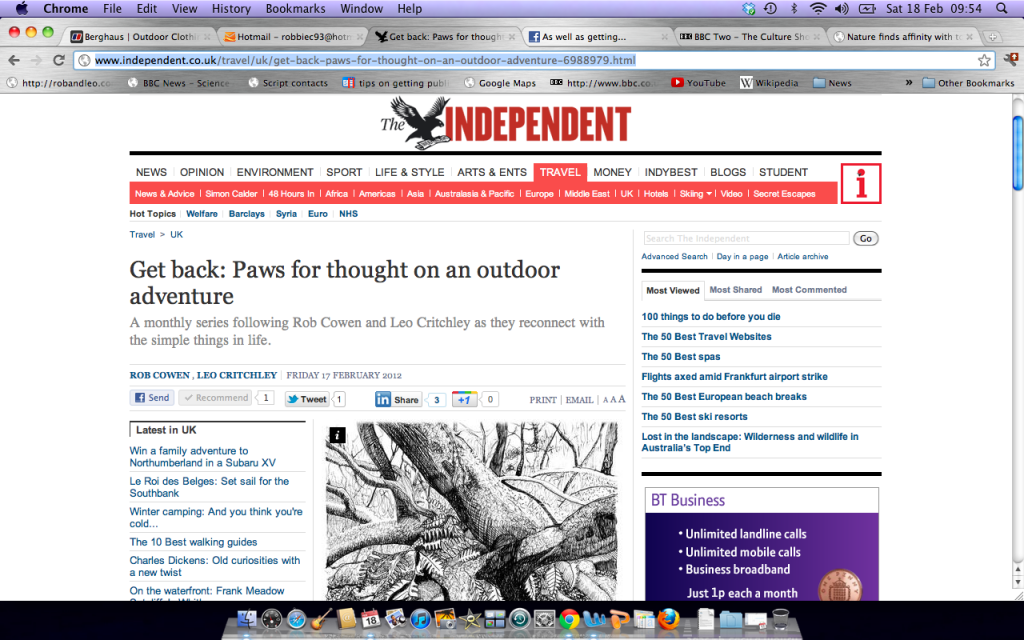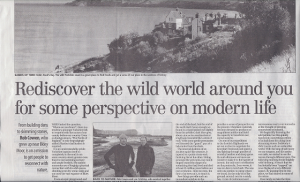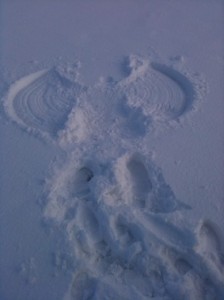Asked to picture our favourite childhood memory, many of us will remember something outdoors, but we may well be the last generation to do so. Ask the same of today’s children and they are likely to answer their bedroom, in front of a TV or games console.
A new National Trust report ‘Natural Childhood’ is a welcome and much-needed spotlight on the issue and reveals the extent that our children are suffering from ‘nature-deficit disorder’. Leo and I are honoured to have been asked by the National Trust to be involved in the campaign and ongoing consultation. We will be writing guest blog posts, but also hopefully getting our hands dirty in helping show kids and parents alike the simple things that we can all do to reconnect with nature and the great outdoors. But you can start today. Whatever the weather this week, forget the chocolate eggs and endless film re-runs, get outside and try one of our simple activities; it is a present that your kids will never forget.
For inspiration, we thought we’d show you a few of our own homemade videos so you can pick up some tips:
We recognise that even those of us that want to reconnect and feel the urge to be in the countryside have lost the skills and sense of play that older generations enjoyed with the landscapes around us. That’s why we wrote Skimming Stones and Other Ways of Being in the Wild in the first place, to give people from 8 to 80 the ‘what’, ‘how’ and ‘why’ to connecting with nature. So, if you want all the techniques to building your own kites, foraging for food, building an igloo, finding fossils, making a woodland den, wild camping, carving a whistle from elder, navigating from nature, damming a stream, tracking animals, making rod and tackle to catch a fish…and, of course, the simple skill of skimming a stone well…please buy the book! It will provide you with the all you need to the start your own adventures in the wild, whatever your age.
– Rob –
